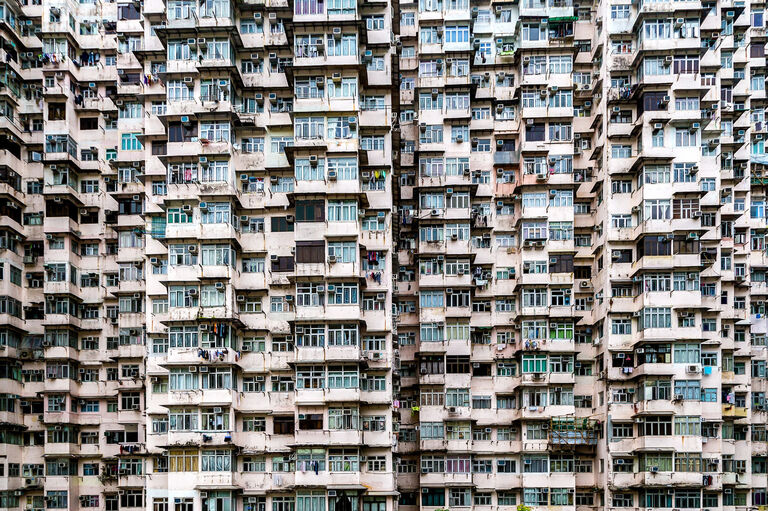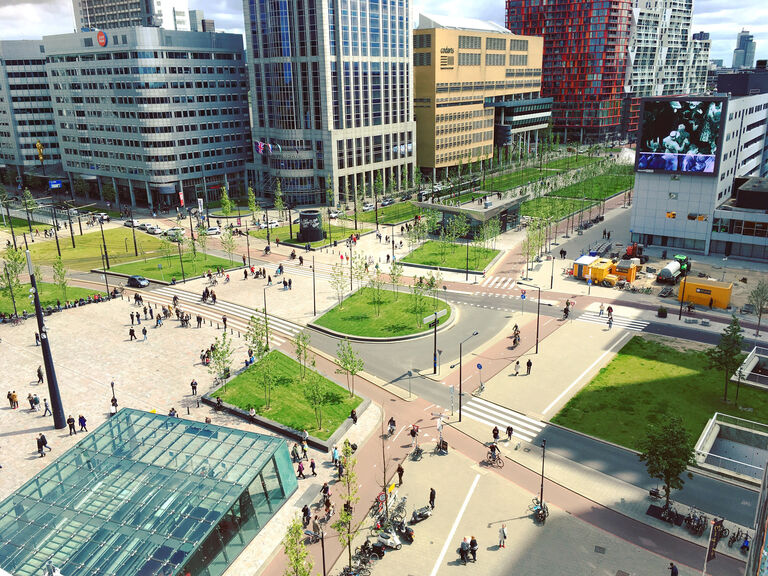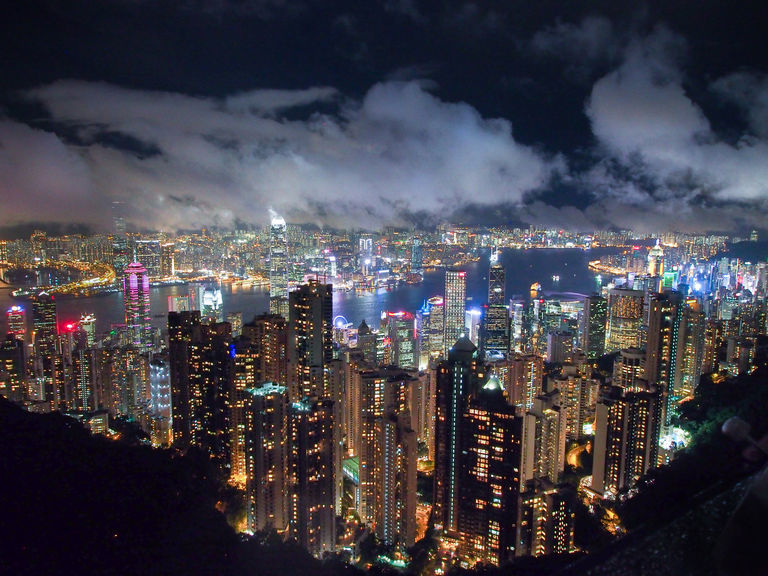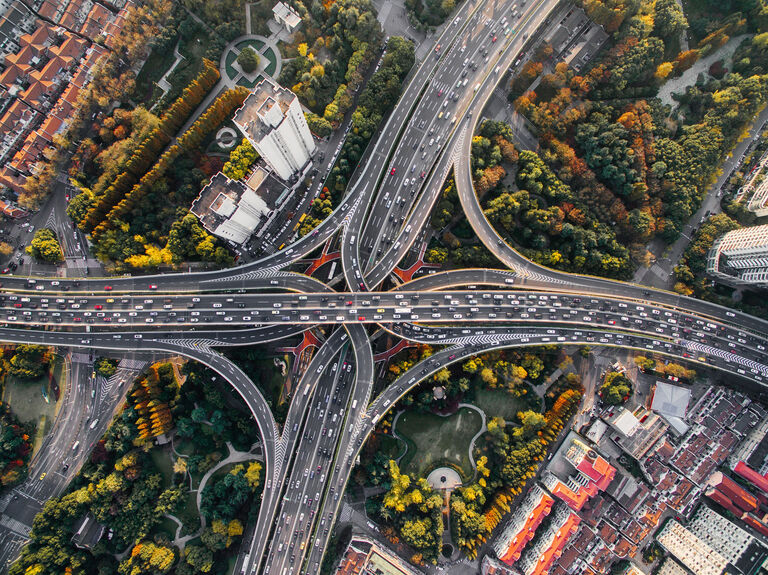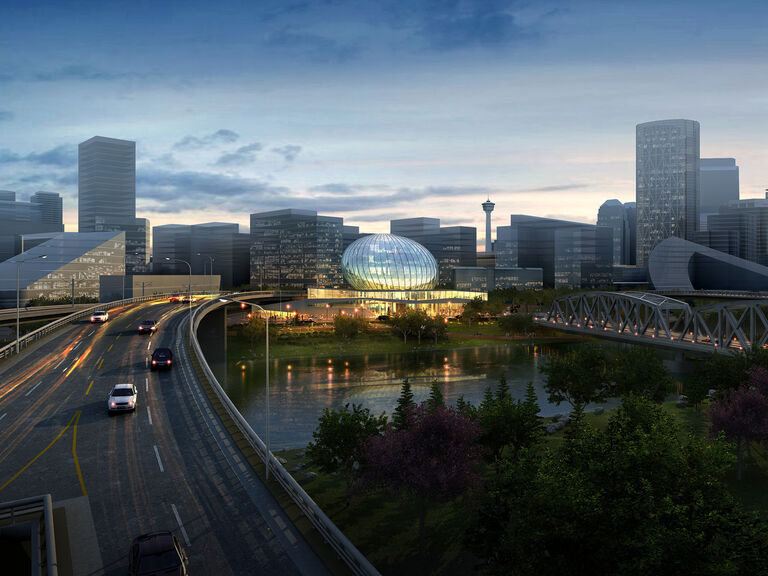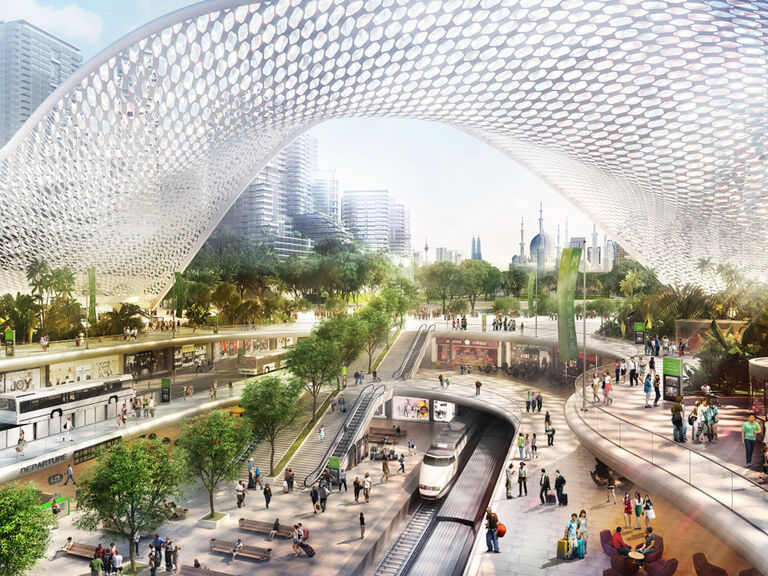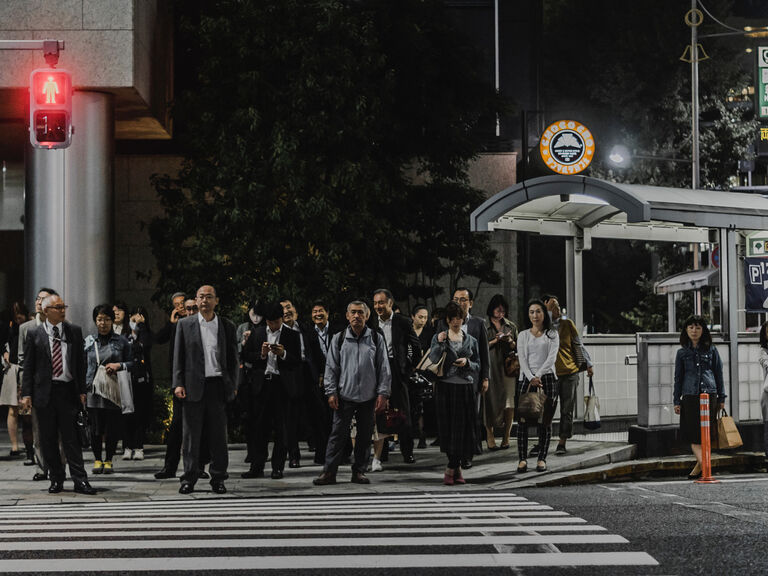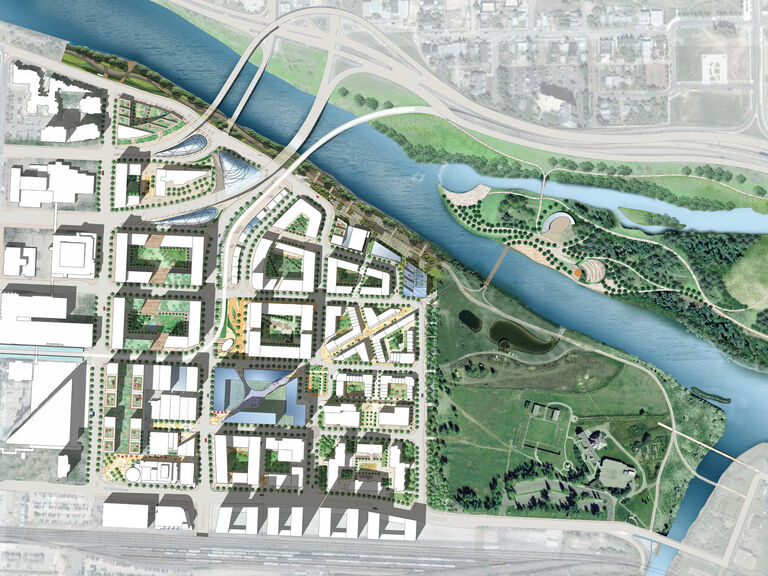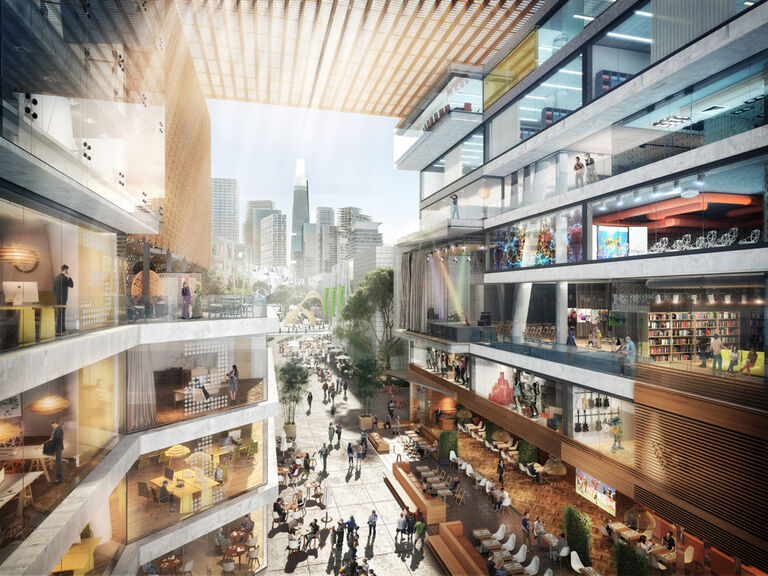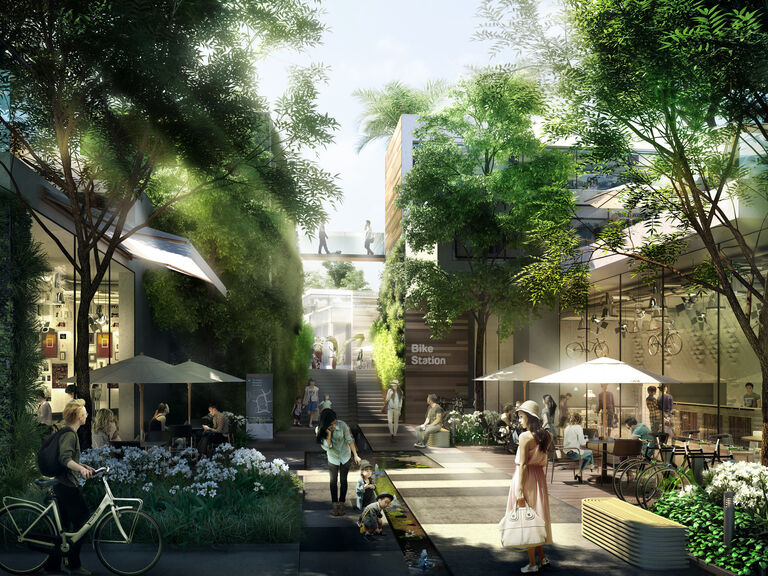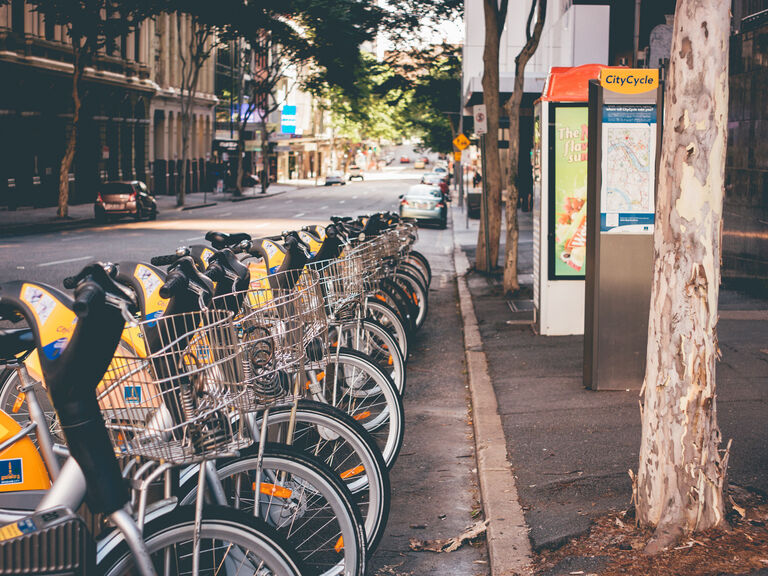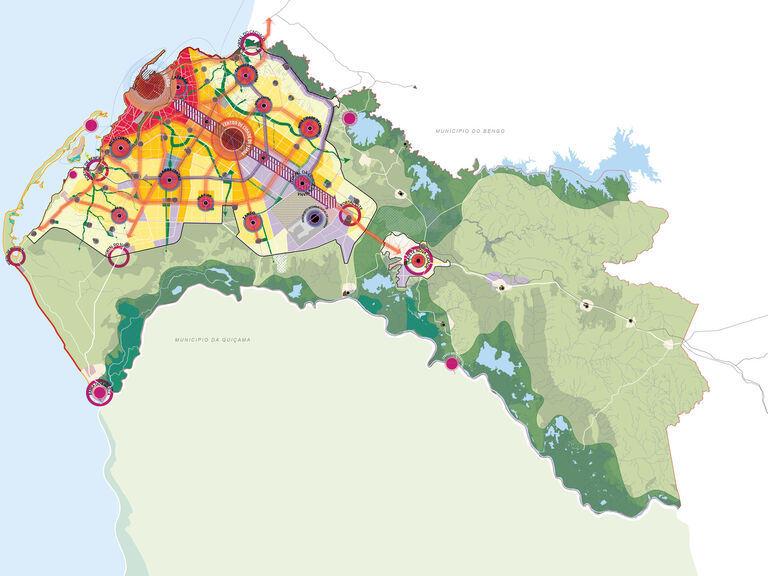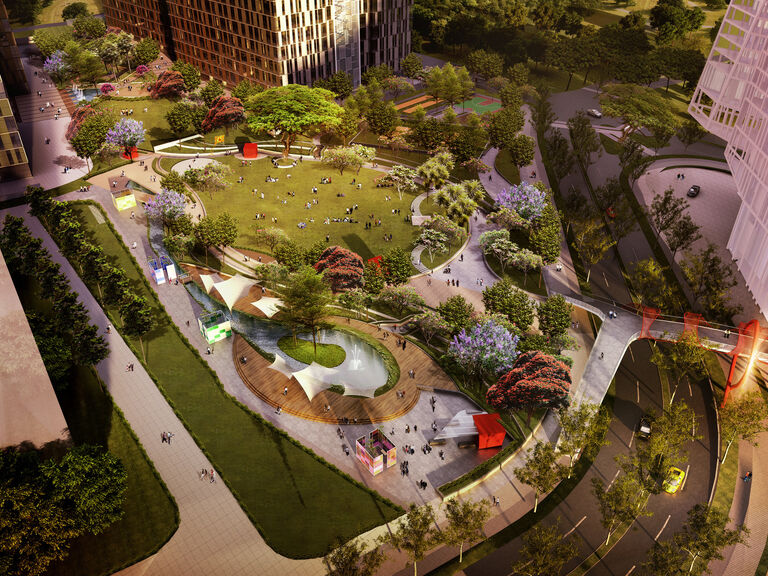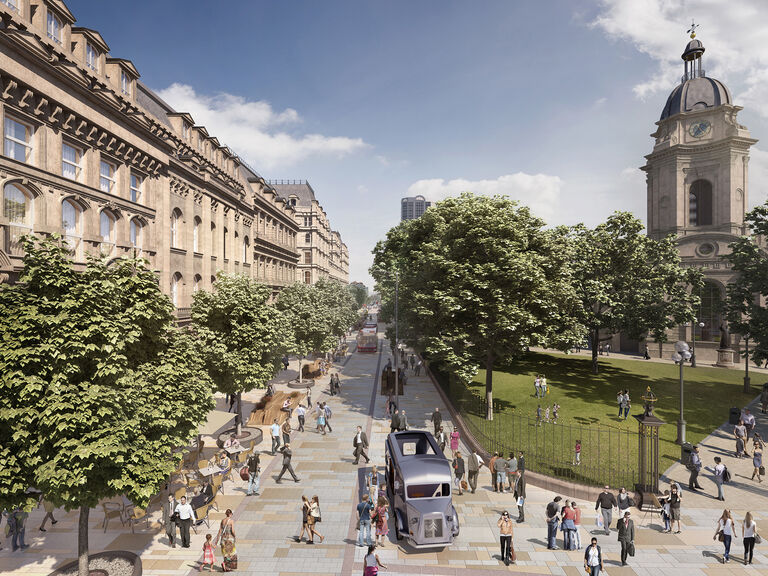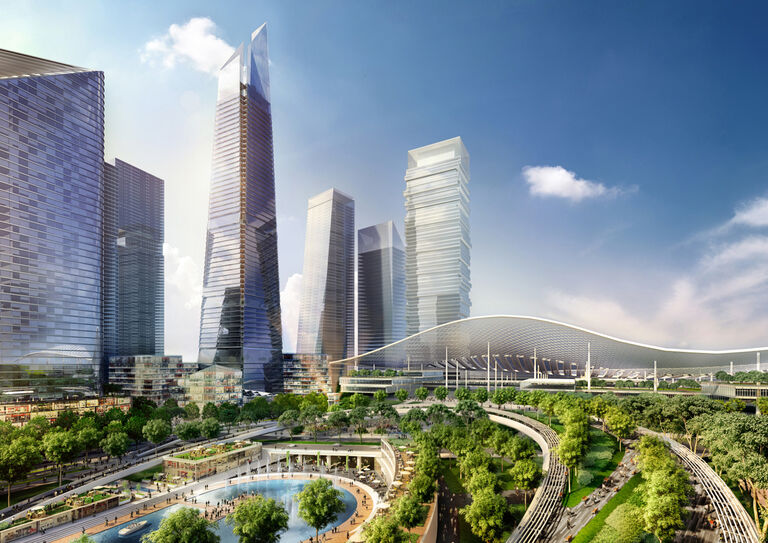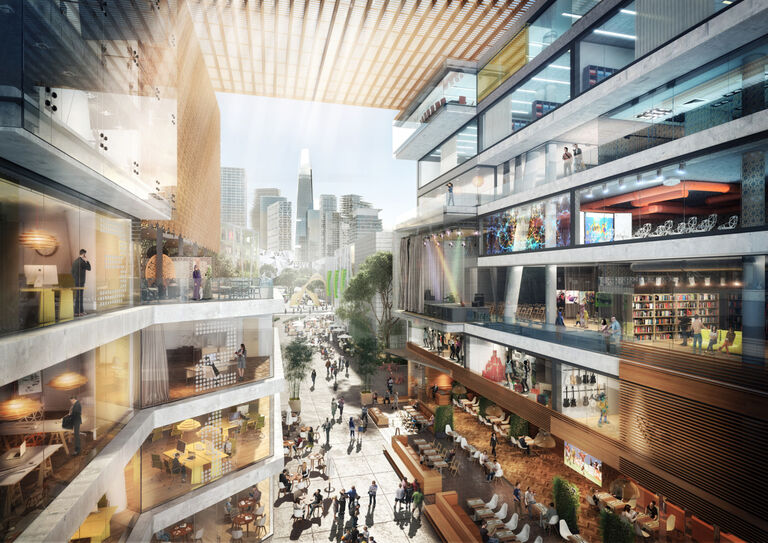For this to happen a number of new infrastructure projects will need to be delivered around the world, particularly in developing countries where demographics are rapidly changing.
India needs to build 31,000 homes per day for the next fifteen years to meet the needs of its growing population, China is aiming for 60% of its population to live in urban areas by 2020 and the ASEAN and SADC members are all experiencing high growth.
This provides a once in a lifetime opportunity to challenge the approach to master planning and deliver solutions that are more comprehensive and integrated than ever before.
